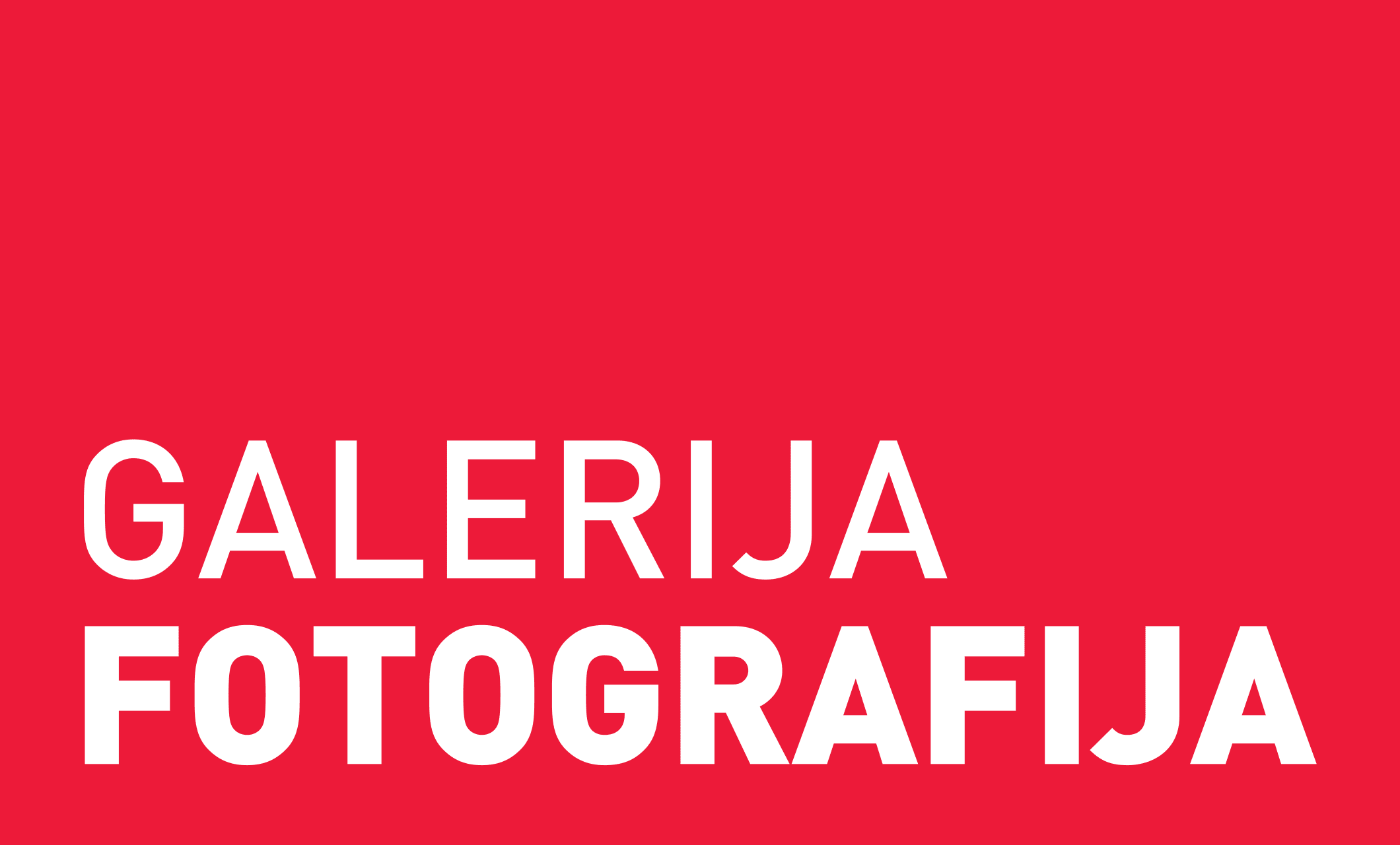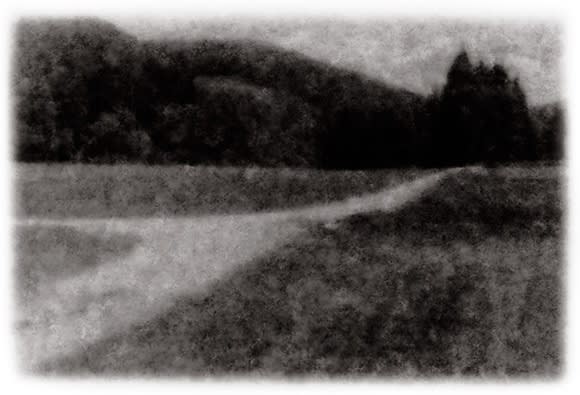Janez Bogataj
For English version please scroll down.
O SERIJI
Serija Pastorala Janeza Bogataja prikazuje tihi svet krajine v štirih dejanjih. Fotograf je z različnimi tehničnimi in vizualnimi prijemi dokumentiral svet svojih vsakdanjih sprehodov in z njimi serijo dopolnjeval med začetkom osemdesetih in devetdesetih let. Fotografiranje se je v prvem dejanju začelo kot izrazito natančno, skoraj racionalistično beleženje okolja v ostrem črno-belem kontrastu, srebroželatinaste fotografije pa je razvil v pravokotne formate ostrega roba. Že v drugi polovici osemdesetih let pa je njegova pespektiva postala popolnoma drugačna, pravokotni format je zamenjal za kvadratnega, fotografije svoje okolice pa je začel distorzirati, ukrivljati, na mestih celo uničevati. V tretjem dejanju se je ponovno lotil ostrejšega, približanega upodabljanja rastlin, ki pa ga je nazadnje (v začetku devetdesetih let) zamenjal za popolnoma zabrisane, skoraj piktorialistične prizore cest in poti, ki se vijejo skozi fotografu priljubljeno krajino. Serija Pastorala prikazuje ustvarjalno pot dveh desetletjih, v katerih sta narava in vsakdanje okolje ostala glavni upodobljenec, načini gledanja pa so se drastično spreminjali. Je zgodba o vsakdanjih motivih, ki šele s pogledom fotografa pridobijo nove pomene.
ABOUT THE SERIES
Janez Bogataj’s series Pastorala showcases the quietude of landscape in four acts. Between the beginning of the eighties and the nineties, the photographer added works to the series and used different technical and visual approaches to document the world of his everyday walks. In the first act, he began making works in detailed, rationalist black-and-white contrasts, to depict his environment in formats of stark rectangle edges. Already in the second half of the eighties, his perspective changed dramatically as he traded the rectangle format for a square one, and began to transform, distort, and even destroy images of his surroundings. In act three, he returned to the stark, close-up depictions, this time focusing on plants. Finally in the beginning of the nineties, he started to create blurred, almost pictorialist images of roads and pathways snaking through his much beloved landscape. The series shows an oeuvre of almost two decades, in which nature and everyday landscape remained in the foreground and what changed were the ways of seeing them. It is the story of everyday motifs, which acquire new meaning only through the eye of the photographer.


